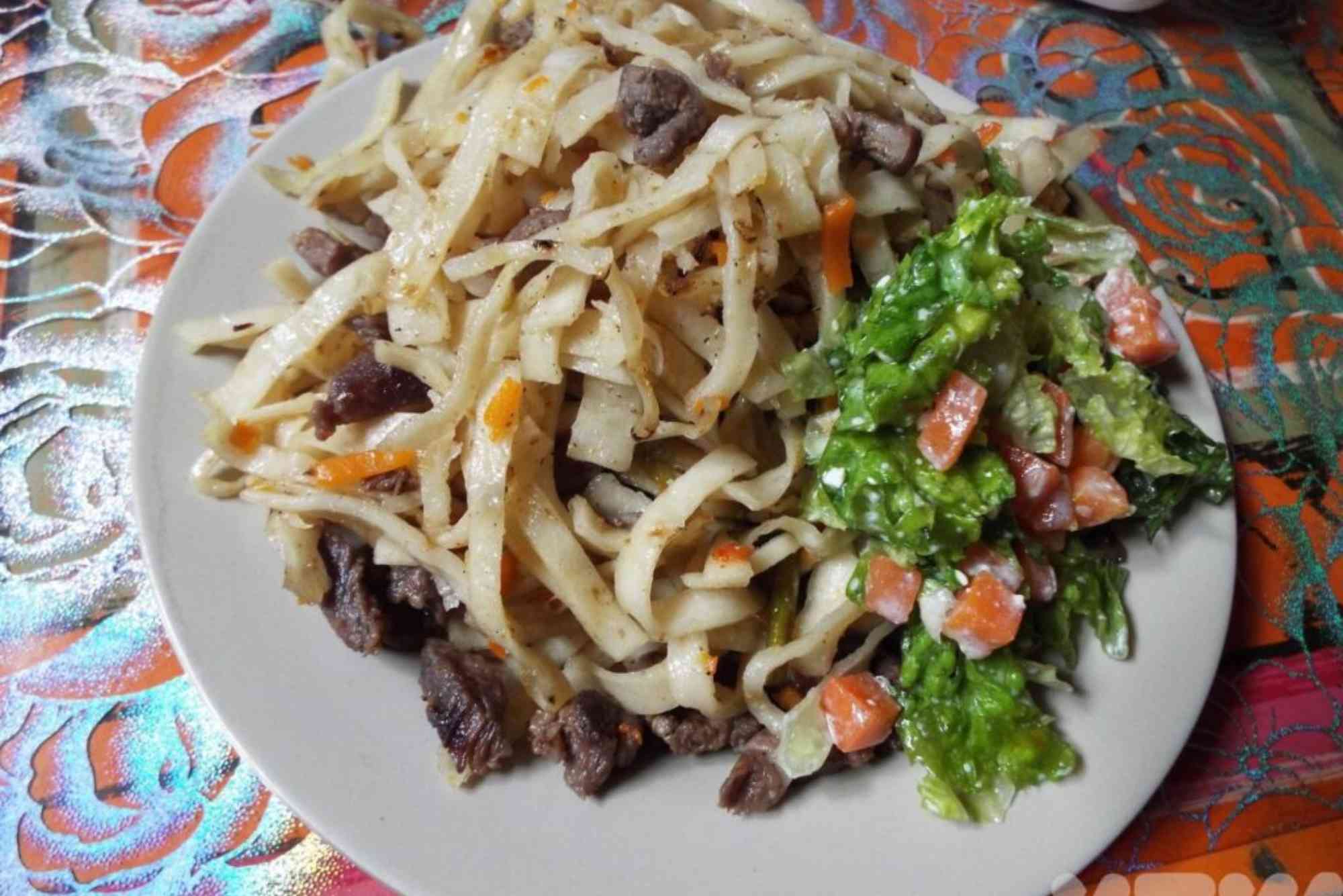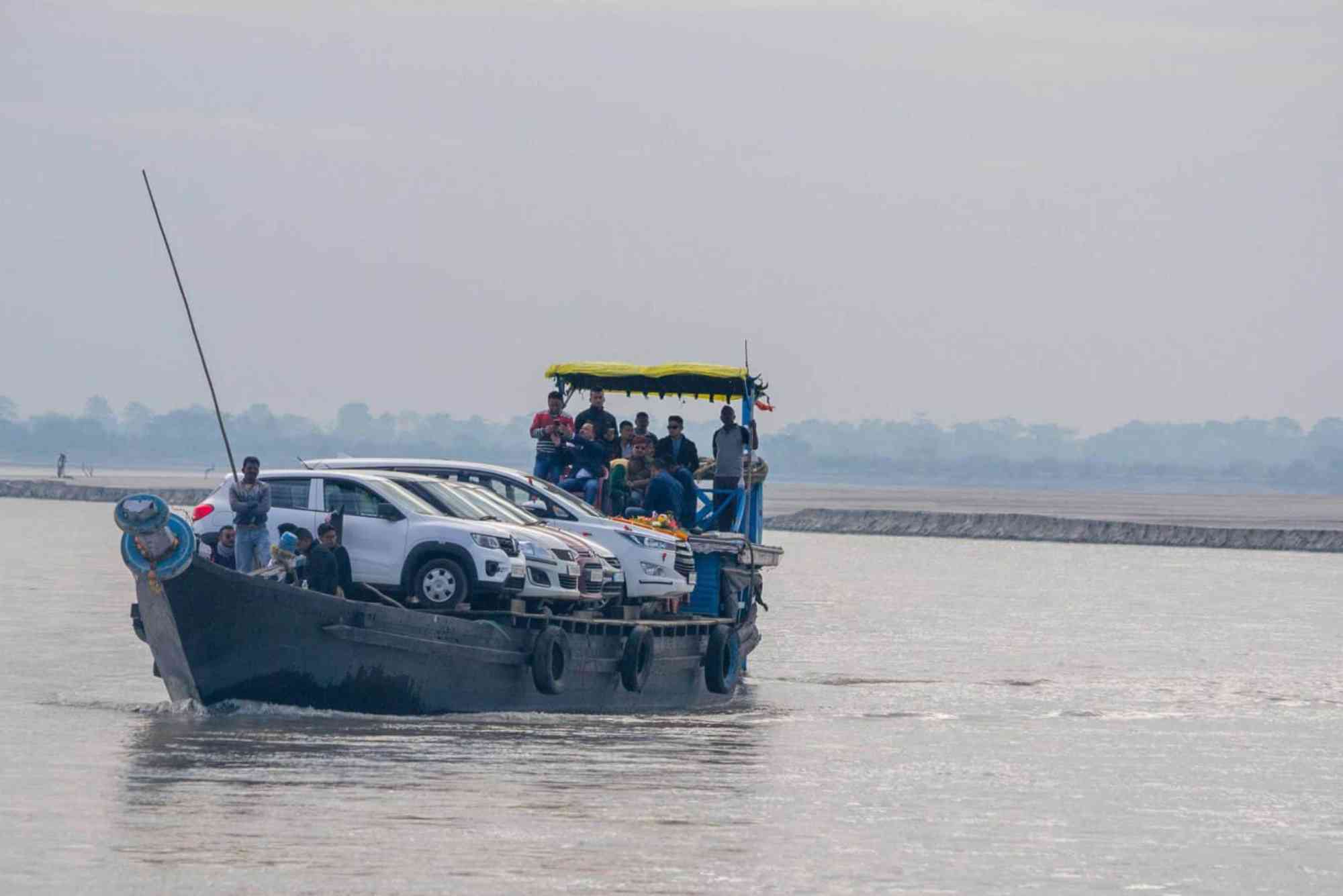Gobi Desert Food Chain Explained with Easy Diagrams
The Gobi Desert may appear lifeless at first glance, but beneath its rocky terrain and windswept dunes lies a dynamic ecosystem. The Gobi Desert food chain is a complex web of interactions between predators, prey, and the harsh environment they inhabit. From sun-fed plants to apex predators like wolves and eagles, each organism plays a vital role in maintaining the delicate ecological balance.
Understanding the food chain of the Gobi Desert helps reveal how life adapts, survives, and evolves in one of the world’s most extreme biomes. This article explains the key components of the food chain, supported by easy-to-follow diagrams and real-world examples.
The Harsh Reality of the Gobi Desert
Before diving into the food chain itself, it’s essential to understand the landscape. The Gobi Desert stretches across parts of northern China and southern Mongolia. It’s one of the largest deserts in Asia, covering over 1.2 million square kilometers. Unlike the sandy Sahara, the Gobi is largely a cold desert, with rocky outcrops, gravel plains, and stark temperature shifts.
The extreme climate, which includes scorching summers and freezing winters, makes survival a challenge. Water is scarce. Vegetation is limited. And yet, despite these harsh conditions, the Gobi hosts an impressive variety of life forms, all intricately linked in its food web.
The Foundation: Producers in the Gobi Desert
Every food chain starts with producers—organisms that create their own food via photosynthesis. In the Gobi Desert, producers are mostly drought-resistant plants.
Some of the common producers include hardy grasses, wild onions, saxaul trees, and drought-adapted shrubs. These plants have deep root systems, waxy leaves, and slow growth rates, helping them survive limited rainfall and nutrient-poor soil.
These producers convert sunlight into energy-rich compounds that feed herbivores. Without this base, no other life could exist in the food chain.
Primary Consumers: Herbivores of the Desert
Primary consumers are organisms that eat plants. In the Gobi Desert, herbivores must survive with little water and navigate a land full of predators. They feed directly on the producers.
The most notable herbivores include:
- Mongolian wild asses (khulans), which graze on desert grass
- Jerboas, small hopping rodents that feed on roots and seeds
- Gazelles and wild sheep, which forage during cooler times of the day
- Insects such as locusts and beetles, consuming plant leaves and stems
These herbivores serve as a food source for carnivores, transferring the energy originally captured by the plants up the chain.
Secondary Consumers: Mid-Level Predators
Secondary consumers are animals that feed on herbivores. In the Gobi, this includes a variety of predators that have evolved unique adaptations to hunt and survive.
Some key secondary consumers include:
- Steppe eagles, which prey on rodents like jerboas and small birds
- Snakes such as the Central Asian viper, feeding on insects and small mammals
- Corsac foxes, agile hunters of rodents and reptiles
- Desert monitor lizards, which eat insects, birds, and small mammals
These predators help keep the population of herbivores in check, maintaining the ecological balance.
Tertiary Consumers: Apex Predators of the Gobi
Tertiary consumers sit at the top of the food chain. They have no natural predators and feed on both primary and secondary consumers. These apex predators are crucial in regulating the ecosystem.
The most dominant tertiary consumers in the Gobi Desert include:
- Grey wolves, which hunt gazelles, wild sheep, and smaller carnivores
- Snow leopards, rare but present in mountainous fringes of the Gobi, feeding on ibex and wild goats
- Large birds of prey, such as golden eagles, known to take down mammals and snakes
These apex predators ensure that no single species dominates the ecosystem, preventing overgrazing and population spikes.
Decomposers: The Recyclers of the Desert
While not often visible, decomposers play a vital role in the Gobi Desert food chain. They break down dead plants and animals, returning nutrients to the soil for use by producers.
Common decomposers in the Gobi include:
- Bacteria and fungi living in the soil
- Insects like beetles that feed on decaying matter
- Scavengers like vultures and desert ants
Without decomposers, the food chain would collapse due to nutrient depletion and the buildup of organic waste.
A Simplified Diagram of the Gobi Desert Food Chain
To visualize the interactions more clearly, imagine the food chain as a pyramid:
Sun → Plants (Producers) → Insects/Rodents/Gazelles (Primary Consumers) → Snakes/Foxes/Eagles (Secondary Consumers) → Wolves/Snow Leopards (Tertiary Consumers) → Decomposers
This energy flow starts from the sun and moves upward, with energy decreasing at each level. Only about 10% of energy passes from one trophic level to the next, making the base (plants) the most crucial layer.
Human Impact on the Gobi Desert Food Chain
Human activity is altering this delicate balance. Overgrazing by livestock, mining, and desertification are shrinking habitats and straining water sources. The introduction of invasive species, such as domestic dogs and cats, also threatens native animals.
Climate change is further intensifying these issues by shifting rainfall patterns and increasing temperatures. As a result, food sources become scarcer, and species must migrate or face extinction.
Sustainable management and conservation efforts are essential to preserve the Gobi Desert food web and its unique biodiversity.
Adaptations That Support the Gobi Desert Food Chain
Each member of the food chain has adapted in remarkable ways:
- Jerboas store fat in their tails to survive long dry spells
- Saiga antelopes migrate seasonally to follow food
- Steppe eagles use high-altitude soaring to locate prey
- Snakes rely on camouflage and burrowing to escape heat
These adaptations ensure that energy continues to flow within the ecosystem despite extreme conditions.
Why the Gobi Desert Food Chain Matters
Understanding the Gobi Desert food chain isn’t just a biology lesson—it’s a look into resilience, survival, and balance. This food web showcases how life finds a way, even in the harshest of places.
By studying this ecosystem, scientists learn how desert environments respond to stress, which in turn helps with broader conservation planning. Educating others about this network can inspire better environmental practices and global awareness.
The Gobi Desert food chain is a stunning example of ecological harmony. From drought-resistant plants to elusive predators, each component is vital. Disrupt one link, and the entire system feels the impact.
As climate and human pressures grow, it’s up to us to protect these unique ecosystems. Supporting wildlife conservation, reducing carbon footprints, and spreading awareness are just a few steps we can take.
Let’s champion the Gobi Desert’s biodiversity. Share this article and help more people appreciate the silent battle for survival happening every day in the sands of Mongolia and China.
FAQs
Q: What is the main food chain in the Gobi Desert?
A: The main food chain starts with desert plants, followed by herbivores like jerboas and gazelles, then predators like foxes and wolves.
Q: Are there producers in the Gobi Desert?
A: Yes, drought-tolerant plants such as grasses and shrubs are the main producers, providing energy to herbivores.
Q: What animals are at the top of the food chain in the Gobi Desert?
A: Apex predators like grey wolves and snow leopards occupy the top level, feeding on herbivores and smaller predators.
Q: How does the Gobi Desert support life with so little water?
A: Organisms adapt by storing water, burrowing, migrating, or being nocturnal to minimize heat and dehydration.
Q: What role do insects play in the Gobi Desert ecosystem?
A: Insects are crucial as both primary consumers (feeding on plants) and decomposers, helping to recycle nutrients.
Q: How is climate change affecting the Gobi Desert food web?
A: Rising temperatures and less predictable rainfall are threatening plant life, reducing food for herbivores and shifting predator-prey relationships.





